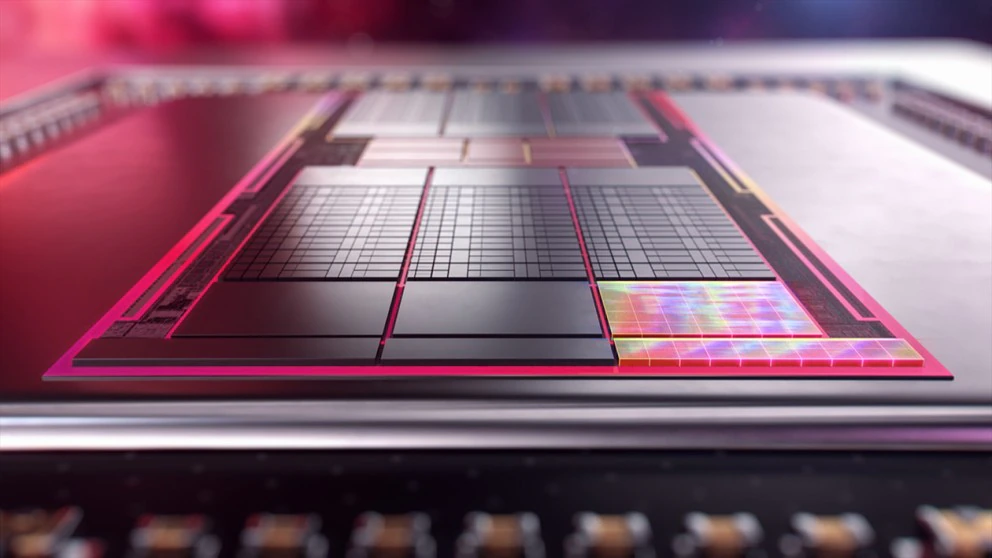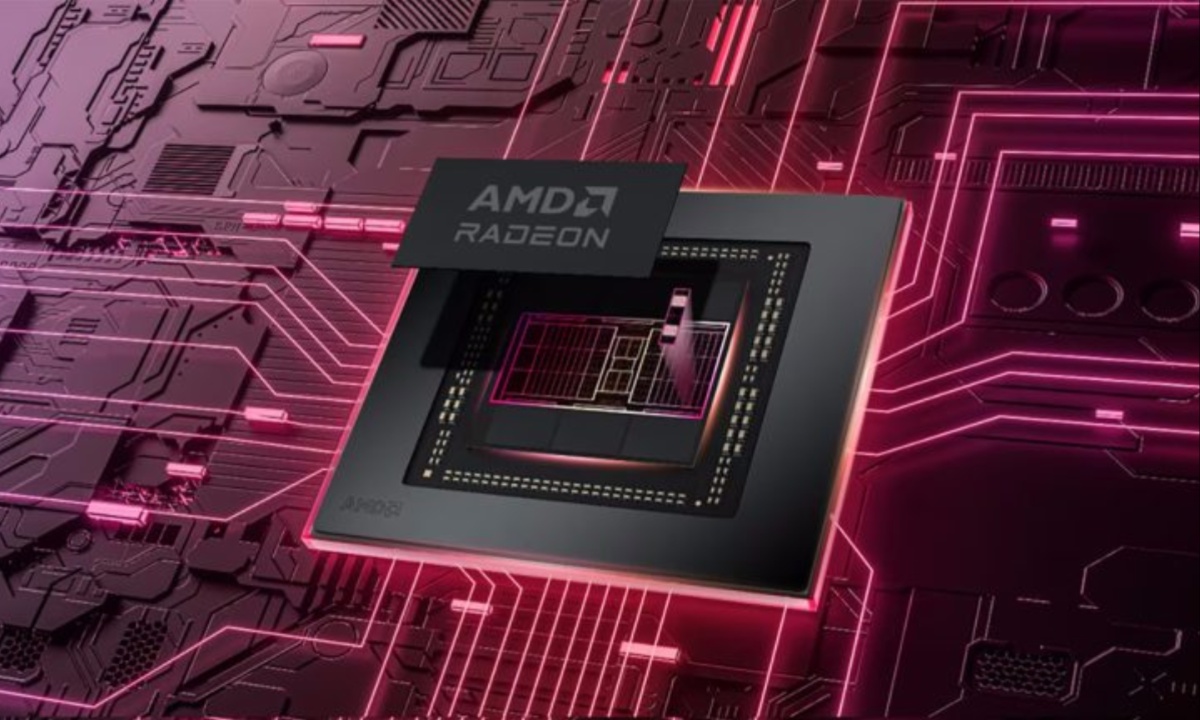AMD announced that it will release its next-generation PC GPUs with RDNA 5 technology in early 2025, marking a key expansion in what CEO Dr. Lisa Su described as the company’s strongest PC product lineup to date.
This information was revealed during AMD’s Q3 2024 financial report, where Su shared details on AMD’s evolving roadmap and emphasized the significance of the RDNA 5 GPUs in the company’s broader PC strategy. This update positions AMD to compete aggressively within the PC gaming and graphics sector, following some recent revenue challenges in its gaming segment.
In the third quarter, AMD’s data-center products continued to drive about half of the company’s revenue, which led analysts to focus on this business area. However, the Gaming segment, including both console and PC graphics, saw a steep decline in revenue, dropping 69% to $462 million.
This decline was partly attributed to reduced inventory orders from Microsoft and Sony for gaming consoles, impacting GPU sales. Additionally, PC graphics demand slowed as OEMs and consumers anticipated the next-gen RDNA 5 GPUs, prompting a decrease in current-gen purchases.

AMD Announces RDNA 5 GPUs for 2025, Signaling Key Expansion in PC Product Lineup
Dr. Su highlighted the upcoming RDNA 4 GPUs as a significant step forward, offering enhanced gaming performance, ray-tracing improvements, and new AI functionalities. Scheduled for an early 2025 release, RDNA 4 GPUs are expected to be well-positioned at midrange price and performance levels, addressing a broader consumer base rather than targeting high-end, premium segments alone.
This is expected to culminate in a launch event at CES 2025 in Las Vegas, where the new GPUs may debut alongside other major technology announcements, intensifying competition with Nvidia’s anticipated RTX 5000 “Blackwell” cards.
Meanwhile, AMD’s gaming and content creation product lines continue to evolve, with the Ryzen 9000X3D CPU set to release on November 7. AMD’s Consumer business experienced a 29% revenue growth year-over-year, bolstered by demand for the Ryzen 9000 desktop processors and Ryzen AI 300 notebook chips.
Su suggested that this growth trajectory will remain robust through the end of 2024 and into 2025, supported by AMD’s strongest-ever PC portfolio and steady consumer interest in both desktop and notebook segments.
Looking ahead, Su expressed optimism for 2025 as the PC market is projected to grow moderately. This expansion will be supported by consumers transitioning away from Windows 10 as its support ends in October 2025, potentially driving hardware upgrades.
CES 2025 is set to be a landmark event with simultaneous announcements from AMD and Nvidia, creating a highly competitive atmosphere that could set the tone for a dynamic year in PC hardware.









































